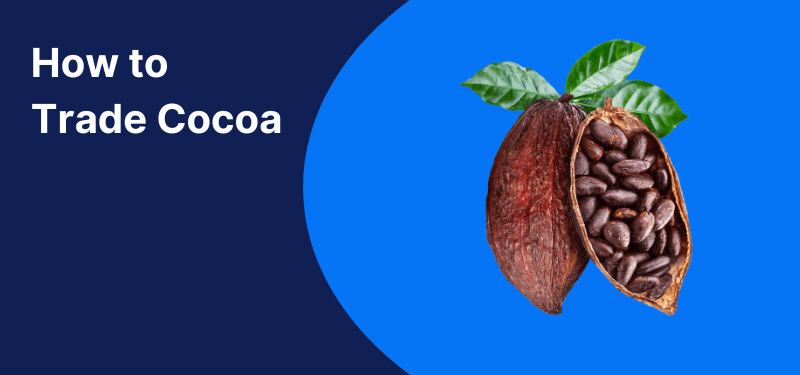
Navigating the Volatile Cocoa Market: Insights and Strategies for Investors
As cocoa prices fluctuate amid geopolitical tensions and unpredictable weather patterns, investors are faced with a challenging yet opportune market landscape. Recent developments have prompted a re-evaluation of strategies in a sector known for its complexities. As of mid-June 2025, cocoa prices have surged by 12% over the past month, primarily influenced by adverse conditions in key producing regions. This article delves into the current dynamics of the cocoa market and offers actionable strategies for investors.

Overview of the Cocoa Market
The cocoa market has witnessed significant volatility, driven by a combination of supply chain disruptions, variable weather conditions, and evolving global demand. Cocoa, a crucial ingredient in the global chocolate industry, is primarily produced in West Africa, with countries like Côte d'Ivoire and Ghana leading in output. The interdependence of these factors makes the cocoa market particularly susceptible to external shocks.
Current Market Dynamics
-
Price Trends: Cocoa prices have seen a notable rise recently, trading at levels reflecting a 12% increase in just a month's time. This surge can be attributed to adverse weather conditions, including heavy rainfall and droughts, which have adversely impacted crop yields. The International Cocoa Organization (ICCO) has reported that such climatic fluctuations are hampering the harvest in key regions, thereby tightening supply.
-
Supply Chain Challenges: The current geopolitical landscape, particularly tensions in West Africa and logistical disruptions, has exacerbated existing supply chain challenges. The COVID-19 pandemic had already strained supply chains, and the subsequent geopolitical conflicts have further complicated the logistics of cocoa exportation. With transport routes often disrupted, prices are likely to see more volatility as traders adjust to changing supply realities.
Investment Strategies
To navigate this volatile cocoa market, investors are encouraged to adopt several strategic approaches:
-
Diversification: Investors should consider diversifying their portfolios by incorporating cocoa futures and exchange-traded funds (ETFs) that focus on cocoa and related commodities. This diversification can serve as a hedge against price volatility, allowing investors to mitigate risks associated with sudden market shifts. For example, investing in the iPath Series B Cocoa ETN (NIB) can provide exposure to cocoa price movements without the need for direct trading in futures contracts.
-
Monitoring Global Events: Staying informed about geopolitical developments, particularly in cocoa-producing regions, is crucial. Regularly reviewing reports from the ICCO and other relevant agricultural bodies can provide insights into potential supply issues that may impact prices. Additionally, monitoring weather forecasts for critical growing areas in West Africa can help investors anticipate fluctuations in supply.
-
Utilizing Technical Analysis: Technical analysis tools can aid investors in identifying trends and potential entry and exit points in the cocoa market. Charting tools and indicators such as moving averages and relative strength index (RSI) can provide valuable insights for making informed trading decisions. Using platforms like TradingView can enhance an investor's ability to analyze price movements effectively.
Conclusion
The cocoa market is currently characterized by both challenges and opportunities for investors. As prices fluctuate due to supply chain disruptions and changing demand dynamics, adopting a proactive and informed approach is essential. By diversifying portfolios, closely monitoring global developments, and utilizing technical analysis, investors can effectively navigate the intricacies of this volatile commodity market.
For ongoing updates and expert insights, investors are encouraged to refer to reputable financial platforms such as Trading Economics and AgWeb for real-time data and analysis on cocoa market trends.

As the cocoa market evolves, maintaining a strategic perspective will be crucial for successfully capitalizing on potential gains while managing risks effectively.